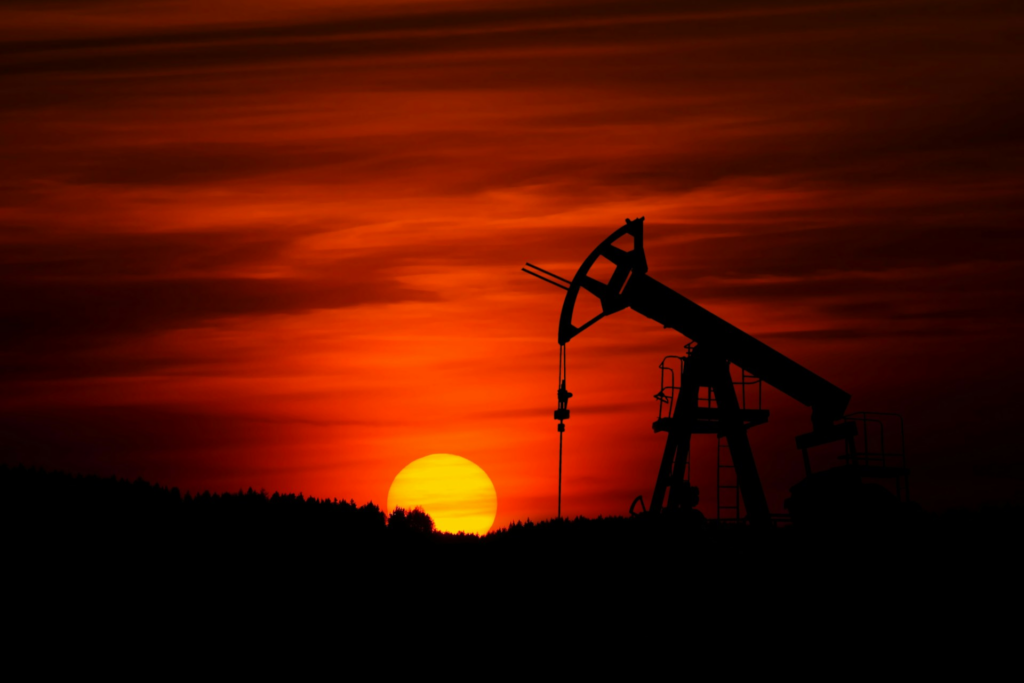2024 is proving to be an interesting time in the oil and gas industry. Reduced demand for crude oil across the world, paralleled by higher production rates of crude oil from non-OPEC+, is creating market uncertainty. Alongside growing demands from government bodies to reduce emissions and embrace renewable energy, it’s a tough time for the oil and gas industry.
With such uncertainty looming, it’s more important than ever for major players in the energy sector like Exxon Mobil, TotalEnergies, and BP to focus on the efficiency of oil and gas drilling procedures.
That’s why the equipment and services implemented in oil and gas drilling are so crucial to the success and health of the industry. The energy sector supports millions of jobs worldwide, including a significant number of manufacturing jobs.
In this article, we’re going to explore how the role of equipment manufacturers and service providers is beneficial to the health and stability of the industry.
Types of Equipment Used in Oil and Gas Drilling
A successful oil and gas drilling cycle starts with the right equipment. Over the years, technology has developed to make drilling more efficient and safer for the workers involved. Here are some of the most valuable pieces of equipment used for drilling.
Drilling Rigs
As the core structure of the drilling operation, drilling rigs need to be fit for the terrain being explored. As such, different drilling rigs serve specific functions, and when chosen correctly, will significantly enhance the efficiency of the process. The most commonly used drilling rigs include:
- Land Rigs: Used for onshore drilling to access oil and gas under the earth’s surface
- Offshore Rigs: Used for drilling beneath the sea floor
- Jack-up Rigs: Used for offshore drilling in shallow to medium depth waters
Support Equipment
While the rig is a core component of the drilling process, there are many smaller components that ensure a safe, efficient experience.
- Drill bits: Cutting tools used to break rocks to access the oil and gas underneath
- Mud and sand pumps: Pumps that circulate drilling fluid around the well
- Blowout preventers (BOPs): Critical safety devices that seal, monitor, and control the constructed well.
Technological Advances
Technological advancements in the energy sector have made oil and gas drilling safer, more efficient, and cost-effective. For example:
- Remote monitoring improves safety by reducing worker presence on-site
- Automated drilling systems use robotics and AI to more accurately drill
- Advanced drilling fluids extend equipment life and reduce the environmental impact of the drilling process
Key Service Providers in the Drilling Process
It takes the coordination of many service providers in the energy sector to ensure an efficient drilling process.
Service Companies
With so many moving parts involved in oil and gas drilling, external specialized companies help ensure a cost-effective, safe, and efficient process.
For example:
- Well logging companies analyze geological formations to identify potential hydrocarbon reservoirs
- Cementing companies seal drilling wells to make them safer and reduce waste
- Drilling fluids companies provide and manage the fluid that circulates the well
Supply Chain Management (SCM)
To ensure the smooth running of any drilling procedure, timely movement and delivery of equipment must be maintained. That’s why SCM is pivotal. Without it, companies may be exposed to delays, unexpected costs, and substandard material quality leading to an unsafe work environment.
Maintenance and Repair Services
When things go wrong during drilling operations, maintenance and repair services ensure the maintenance of safe work conditions and cost-effective measures.
Drilling operations tackle this on multiple levels. Preventative maintenance happens routinely to ensure the longevity of equipment while corrective maintenance fixes problems as they occur.
Thanks to advanced technology in the energy sector, remote AI analysis can predict when equipment is likely to fail, allowing companies to utilize proactive maintenance. Robots and drones aid this by inspecting deep in the wells, ensuring worker safety and reducing downtime.
Challenges and Solutions in the Oil & Gas Industry
Technological advancements have allowed the energy sector to develop more efficient practices, but there are still many challenges companies need to tackle in 2024 and beyond.
Common Challenges
To become more efficient, the energy sector has significant challenges to confront.
1. Market volatility
Crude oil demand is falling, yet production has increased. This leads to fluctuation in prices, making it difficult for manufacturers and service providers to forecast their own demand and manage their inventory.
2. Regulatory changes
With the governmental targets towards renewable energy, oil and gas companies need to rethink their strategy, while also ensuring they are compliant with reduced emissions and waste targets.
3. Technological advancements
Technology is positively changing the efficiency of oil and gas drilling. But it’s not without cost. The constant cycle of research and development and upskilling the workforce is a significant financial weight on companies.
But without keeping up with technological advancements, companies risk falling behind competitors.
Innovative Solutions
While there are many challenges ahead for the energy sector, promising innovative solutions can help improve the efficiency of oil and gas drilling while remaining safe and cost-effective.
1. Sustainability initiatives
Manufacturers are developing low-carbon technology and equipment that helps reduce emissions while companies invest in renewable energy sources.
2. Cost reduction strategies
An emphasis on supply chains ensures drilling operations never stop, reducing wasted costs on hiring equipment and personnel.
3. Incorporating technology
AI and data analytics have helped to innovate remote operations that improve efficiency, are cost-effective, and ensure worker safety. The addition of robotic arms and drones furthers this pursuit, allowing companies to work in new ways that reduce waste and improve yield.
The energy sector is always looking for innovative ways to improve the efficiency of oil and gas drilling. By working together with manufacturers and service providers, oil and gas drilling will continue to become more cost-effective, safe, and sustainable.

Connect with MRINetwork